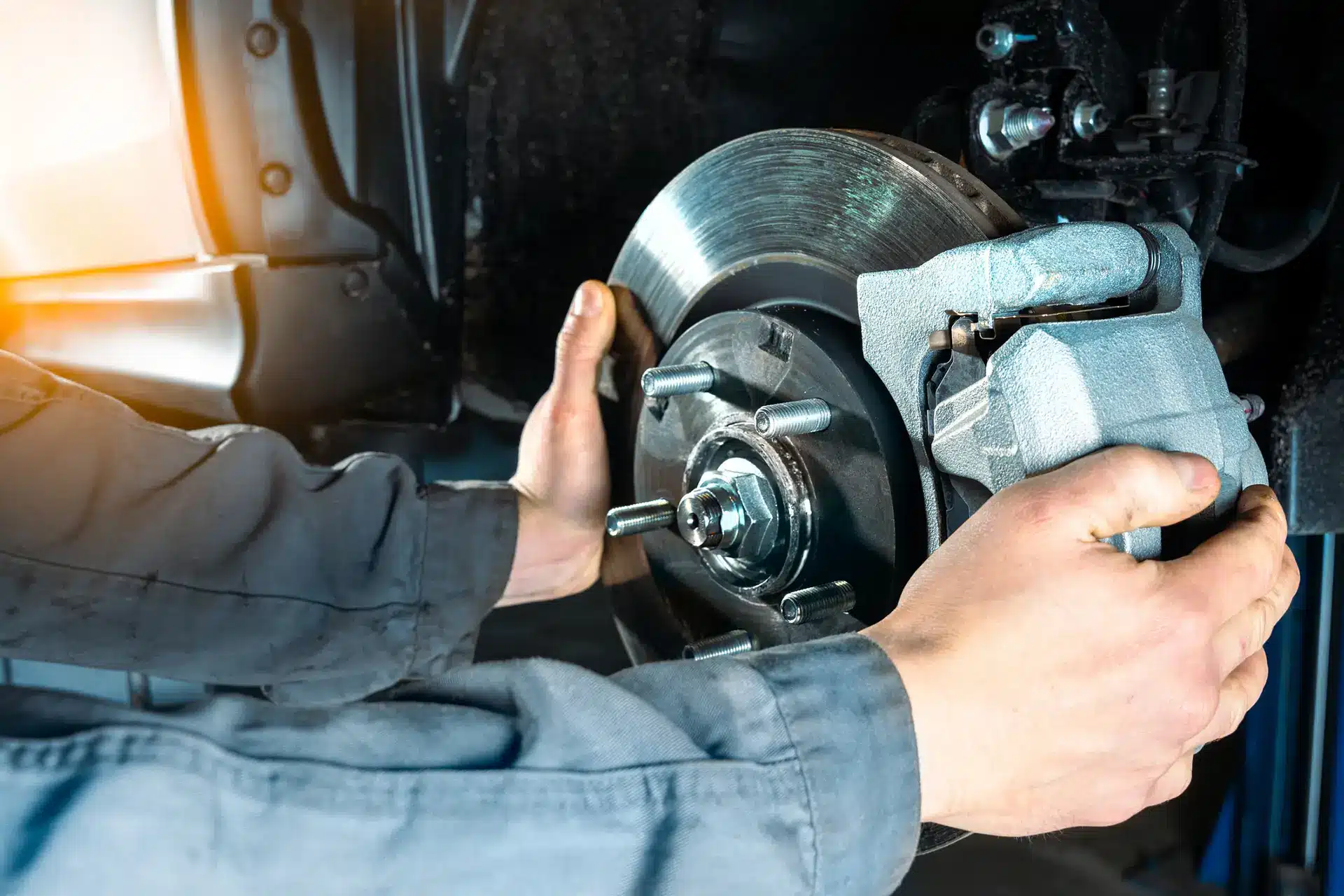Calgary Brake
Pads and Rotors Replacement Experts
Stop & Go Safely
Smooth Stops Ahead For You & Others Safety
Stop and go with confidence at Venture Motoworks! When it comes to brake pad replacement in Calgary, our approach focuses on servicing the braking system and its components.
We understand that braking systems have many moving components, which is why we provide a full brake service with every brake pad and rotor replacement. Our experienced technicians take the time to lubricate everything and clean up all the contact points to ensure smooth and quiet braking. Also, we further ensure minimal noise by only using the highest quality brake pads and rotors in Calgary.
With your safety in mind, we effectively ensure your vehicle continues to perform consistently and reliably while preserving its service life. While this level of care and attention may not be the norm in the industry, we believe it should be the standard for any auto mechanic.
Stop Here For the Best Calgary Brake Pads & Rotors Services
How We Can Address Your Brake Pad and Rotor Issues

Lubricate Pins
Over time, braking system’s pins can become corroded or worn & may need to be replaced. By lubricating them, it reduces friction between the brake pad & calliper to prevent sticking & uneven wear. Results in smoother, quieter braking.

Service Callipers
The brake calliper houses your car’s brake pads & pistons, which is what slows your car’s wheels by creating friction with the brake rotors. Clean mounting surfaces & contact points help to reduce any vibrations & noise.

High-Quality Parts
At Venture, high quality ensures the best results. We only use high-quality components that meet the specifications of the manufacturer to achieve that. In turn, it’s helped to minimize noise & brake pulsation.
Get Back On The Road With Venture Motorworks!
What Quality Brake Pad and Rotors Replacement in Calgary Can Do For You
Consistently Confident Breaking
Proper installation of brake components is essential for optimal performance & safety while driving. At Venture, we install correctly with quality brake components. Why is that? It’s to ensure consistent, confident braking without a hitch.
Longer Service Life
Quality components matter when it comes to creating a longer service life. Without compromising braking performance, you can bring back driving control while also being able to save money in the long run.
Less Noise
Using quality braking components, including appropriate brake pad shims, can greatly reduce brake noise compared to cheaper alternatives, resulting in a more enjoyable driving experience.
Stop At Venture Motorworks For Smooth Braking
Our top priority is making sure your vehicle is safe for you and your passengers. For proper brake pad replacement in Calgary, we believe that quality braking components are essential to achieving safe and consistent braking performance – which is why we only use high-quality parts that meet or exceed industry standards.
We take the time to ensure each component is installed correctly and your brake system is working at optimal levels before releasing your vehicle back to you. Our experienced technicians also understand the importance of making sure your brakes are functioning well and have a long service life until a brake pad replacement is necessary. We achieve this by lubricating all necessary pins, cleaning all contact points, and ensuring that the brake pad shims are appropriate for your specific vehicle.
Trust in Venture Motorworks for the best servicing of brake pads and rotors in Calgary for we will stop at nothing to ensure your braking experience allows you to brake confidently and safely.
What Our Customers Are Saying
FAQ




